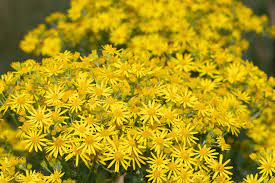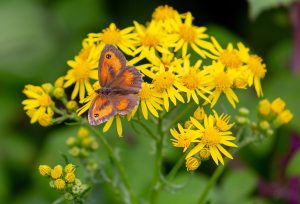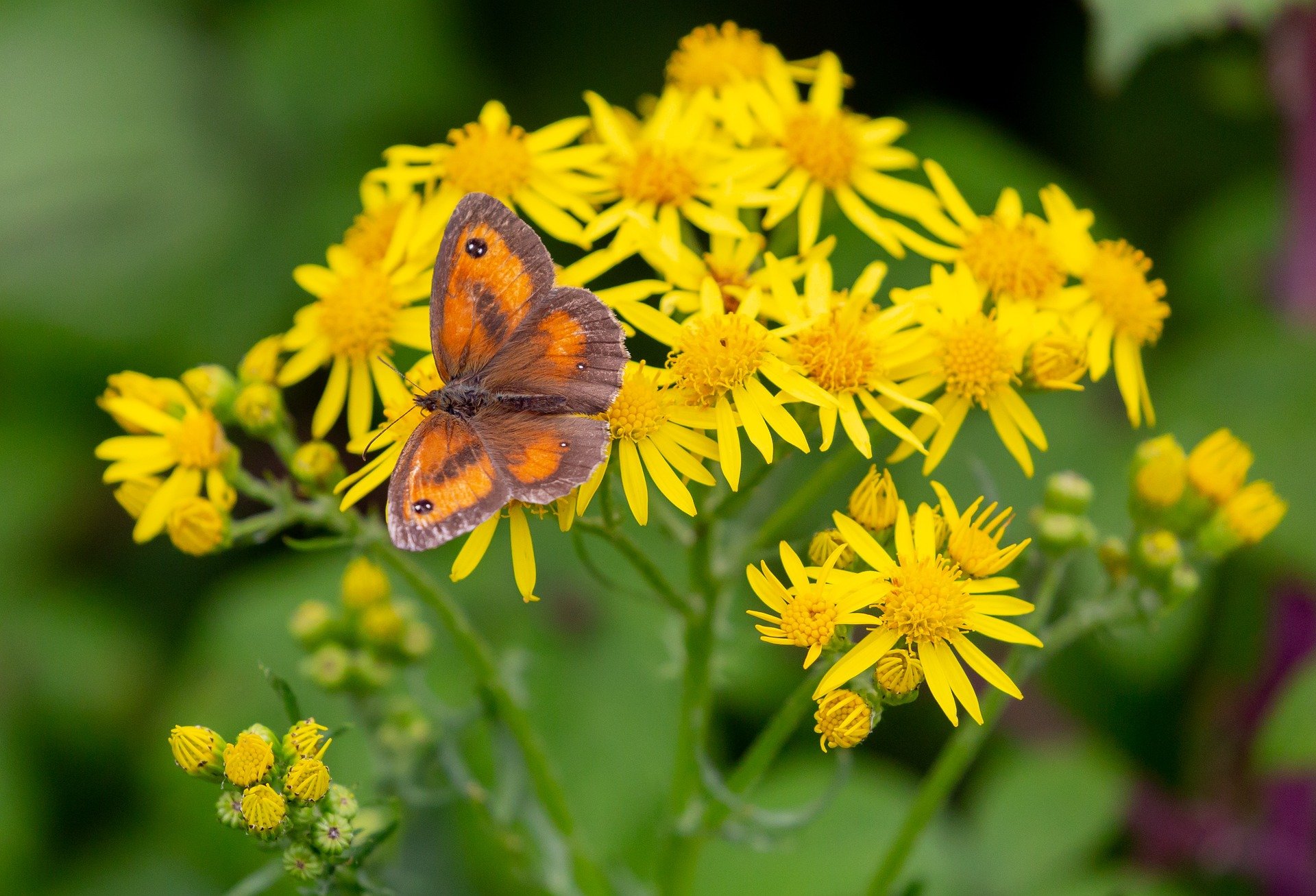Its Everywhere!
Yes, that awful word we all know and we all dread when we see it in our fields and paddocks or even along the motorway, its everywhere and is a nightmare for us horsey people. 
Ragwort normally starts to appear from June through to October, although it is classed as a wildflower and can grow up to a height of 1 metre, we see it as a massive pain in the butt.
Common ragwort is a widespread plant that has clusters of yellow, flattened flower heads and leaves that look feathery because they are very divided. Common ragwort is a biennial, flowering in its second year.
Ragwort is a renowned weed of paddocks and waste ground but is highly attractive to bees and other insects including the cinnabar moth and frequently visited by butterflies. Sometimes you will find the black and yellow-barred caterpillars cover the plant and strip the leaves.
Remove it or it will spread!

We all know that it is very important we remove ragwort from our fields and paddocks by digging it up by the roots using a ragwort fork, encourage your little equestrians to get involved in removing the ragwort, but also remember to dispose of it properly, throwing it on your muck heap will just encourage it to reseed and grow so either burn it or bag it up and dispose of properly.
If we don’t manage ragwort properly it can spread quickly, a single plant can contain thousands of seeds that will disperse into your fields and paddocks and is highly toxic to horses.
Ragwort contains toxins called pyrrolizidine alkaloids, which in sufficient quantities, can cause liver poisoning in horses and livestock. It is a cumulative poison that eventually leads to the rapid onset of symptoms before death. However, the symptoms are variable and resemble those of a number of other diseases.
If horses ingest ragwort, they could suffer low-level digestion of the weed for months before they start to show signs of distress. It is believed the lethal volume of ragwort is around 7% of the body weight of horses. Cattle are also prone to poisoning but sheep are thought to be less susceptible.
Although ragwort tastes bitter to horses, they only tend to eat ragwort if there is a shortage of food but once ragwort dies it loses its bitter taste so if hay has been baled with ragwort in your horse will unknowingly eat it.
National Institute of Health – Importance of Sleep for Weight Loss
Ragwort Poisoning
Below are the clinical signs of ragwort poisoning, resulting in liver damage
- Lack of appetite
- Lethargy
- Weight loss
- Colic
- Diarrhoea
- Photosensitisation, which presents as sunburn, especially on unpigmented (pink) skin
- Jaundice
- Compulsive walking, head pressing or convulsions are signs of hepatic encephalopathy where the brain is affected by rising levels of toxic substances in the blood, resulting in neurologic signs.
Treatment is difficult once liver failure has occurred. It relies on supportive therapies in the hope that the liver can regenerate, but the damage may be irreversible in severe cases.

